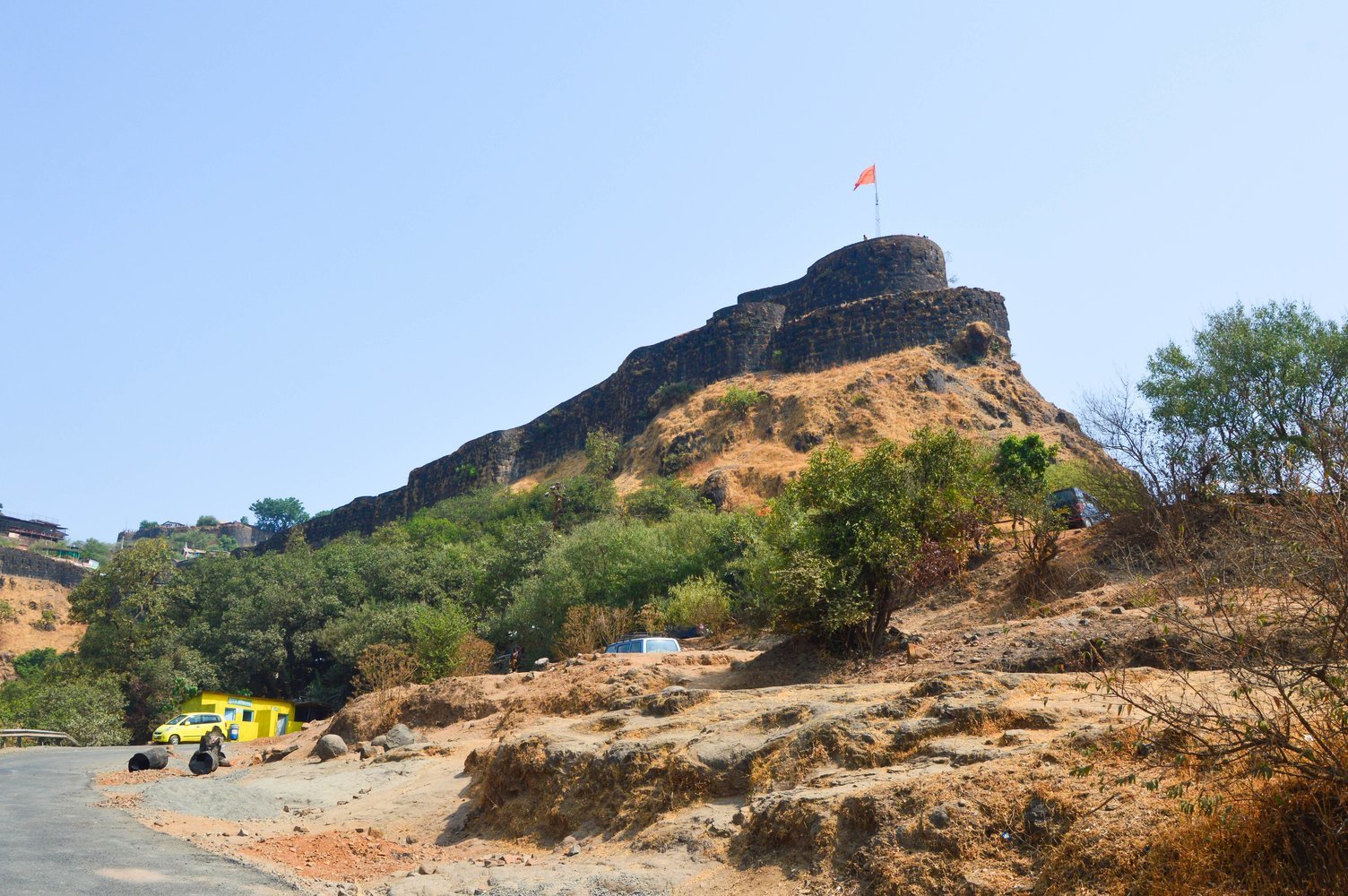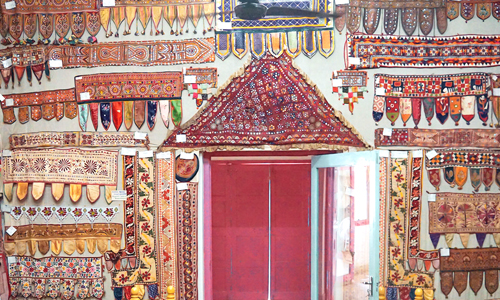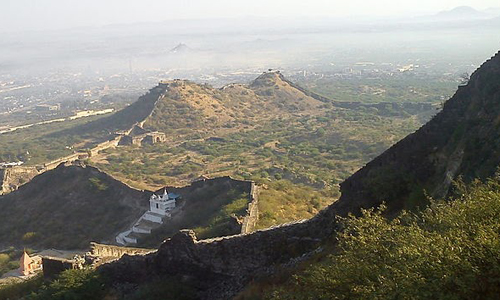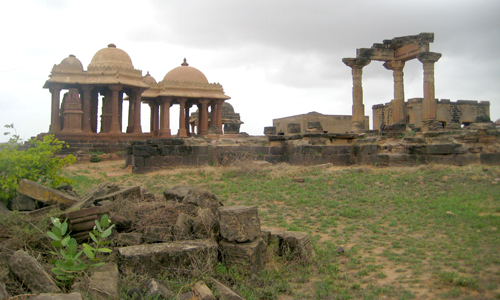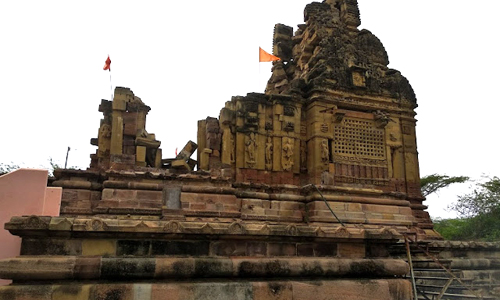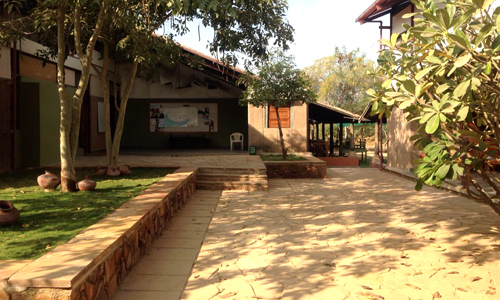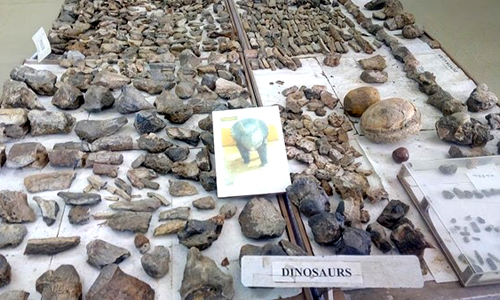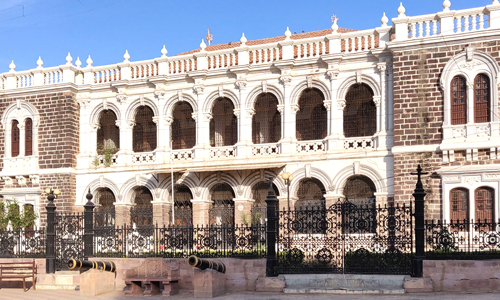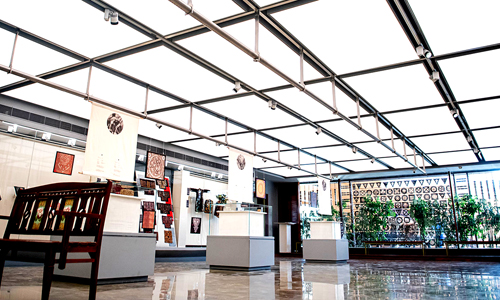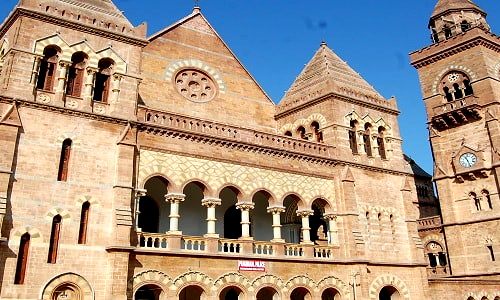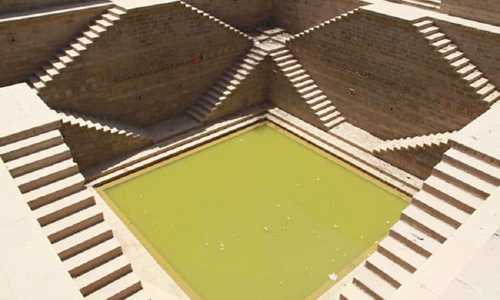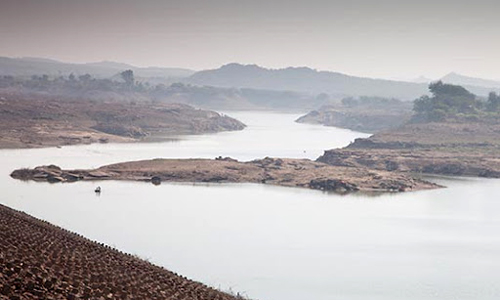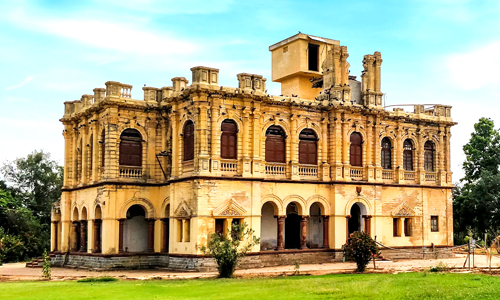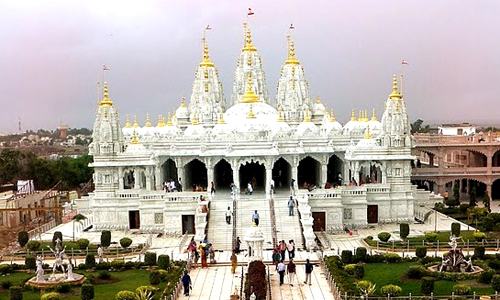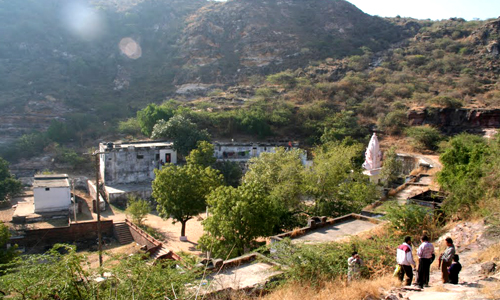Aaina Mahal Museum, also known as Aina Mahal, is an 18th-century palace close to the Prag Mahal Palace in Bhuj, Gujarat, India. It is one of Bhuj's most exquisite monuments and a popular place to visit in Bhuj.
The palace's interiors and architecture are unique and outstanding. Many water features and fountains are also in the palace's interiors, creating various designs that captivate the viewers. The tower has two levels and comprises Darbar Hall, a hall of mirrors, and suites for various royal family members.
History of Aaina Mahal Museum
Aaina Mahal is also famous as the Mirror Palace. It came into existence in 1761 CE under the reign of Rao Lakhpatji. The spectacular Aina Mahal is part of Bhuj's opulent Darbargadh Palace. The mahal got its design idea with the skill of the famous architect Ram Singh Malam.
Malam designed the structure in a hybrid Indo-European style and sourced the materials for the palace locally. He constructed the fountains, mirrors, and glasswork, among other artisanal wonders. The tower has two levels and comprises Darbar Hall, a hall of mirrors, and suites for various royal family members.
What is the Aina Mahal famous for?
The Aina Mahal has been around since the reign of Rao Lakhpatji of the Jadeja Rajput dynasty in the 18th century. The palace is also popular as the Hall of Mirrors. It is a very complicated, impressive building with mirrors and glass. The palace, which shimmers and shines, is in a hybrid Indo-European style. The Aina Mahal is a must-visit during the Bhuj tour package.
Who made Aina Mahal?
The Aina Mahal, built in the 18th century, is located near the Prag Mahal in Bhuj, Gujarat, India. It was constructed by Rao Lakhpatji in 1761. Ram Singh Malam was the principal architect and designer of the Aina Mahal, and the local builder community (Mistress of Kutch) contributed to its construction.


